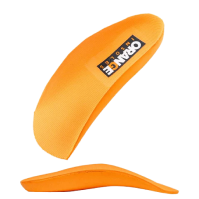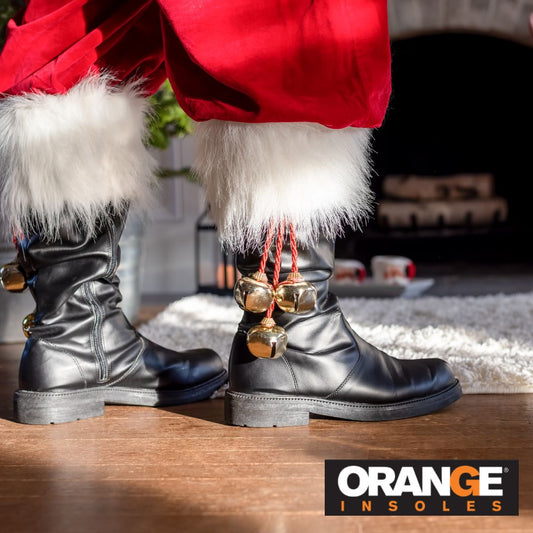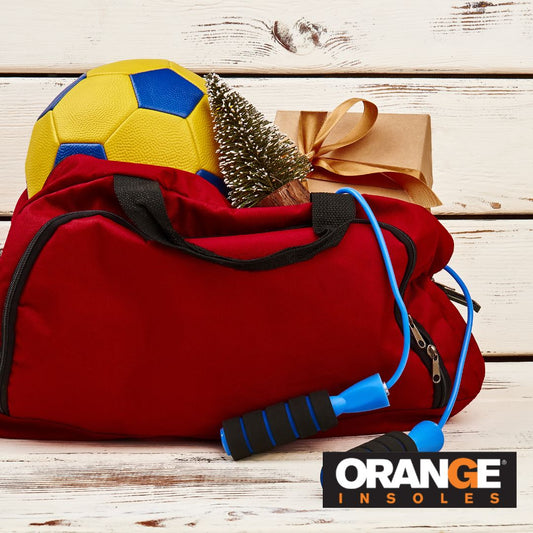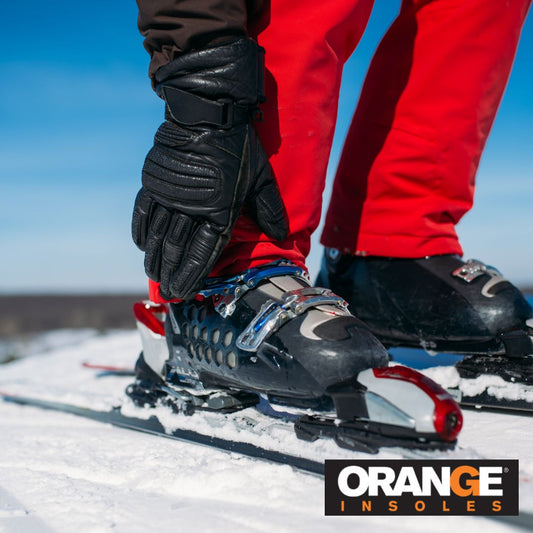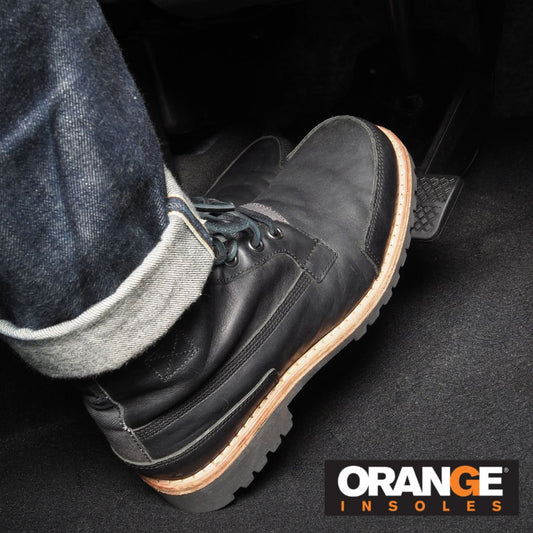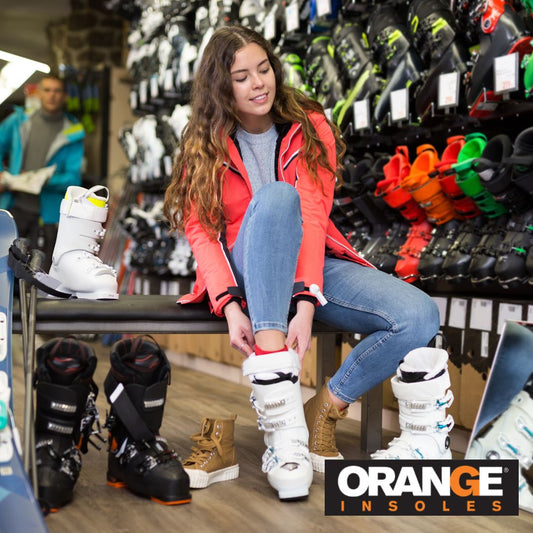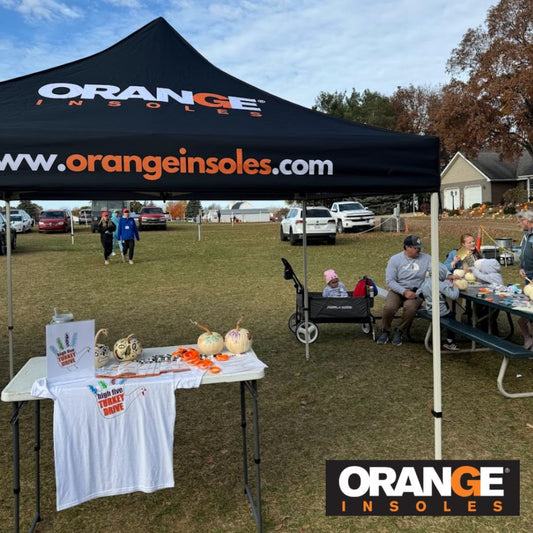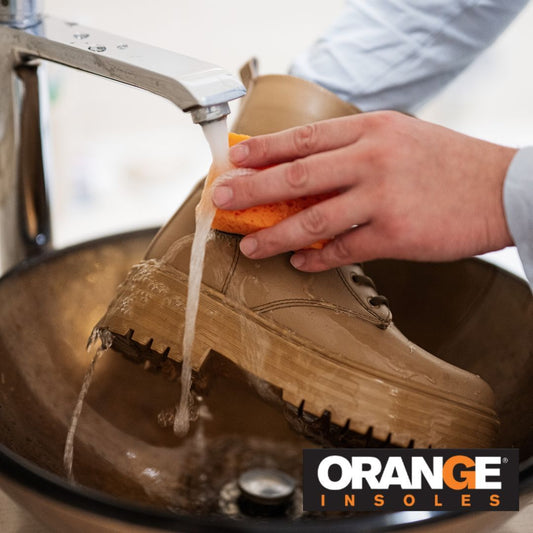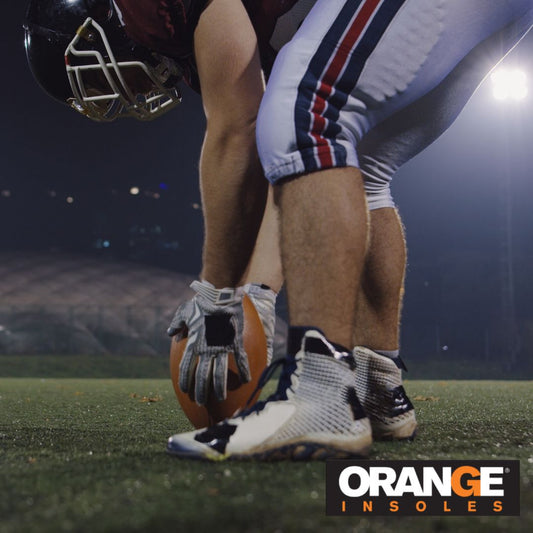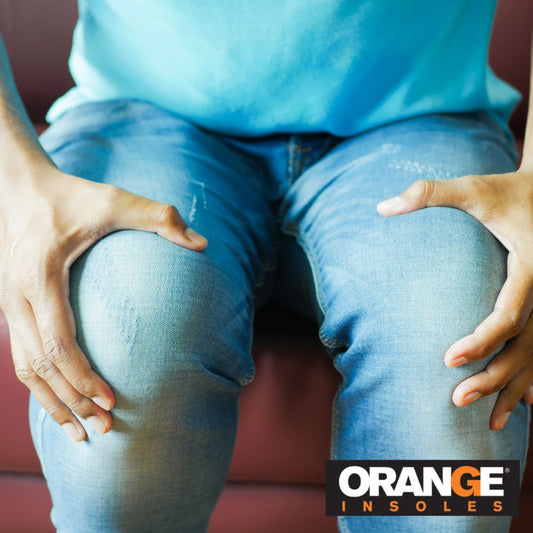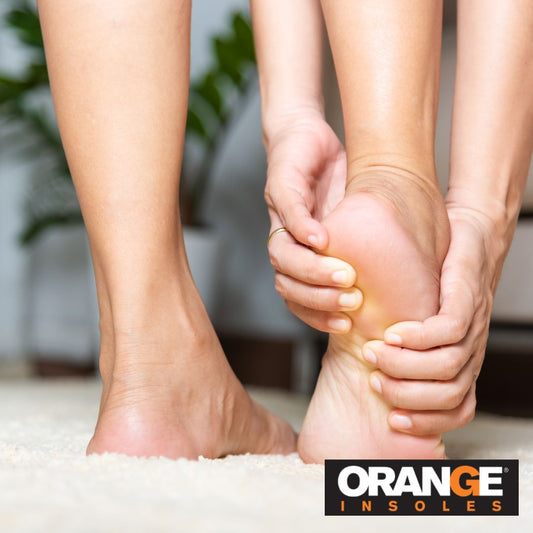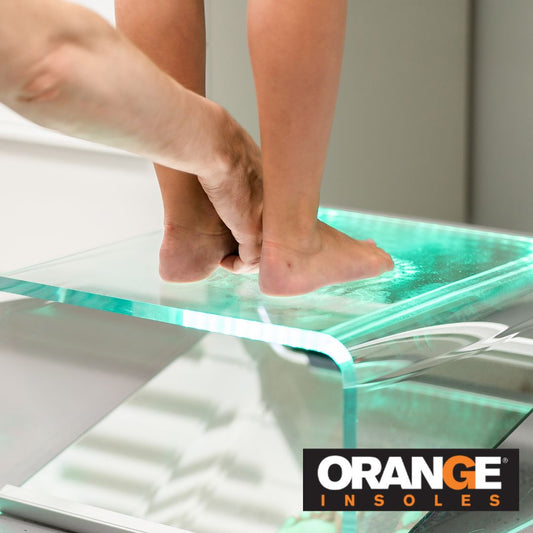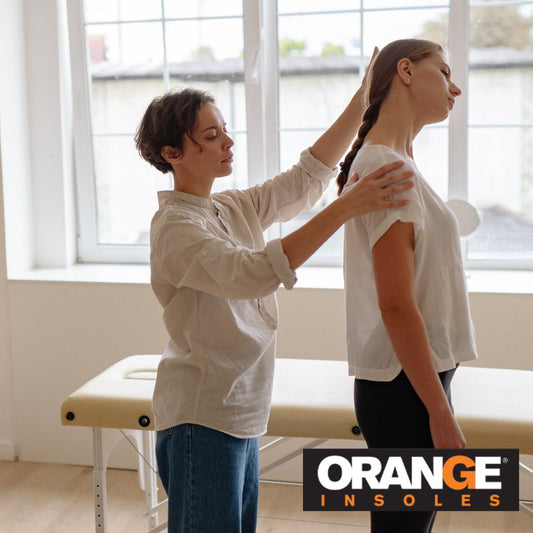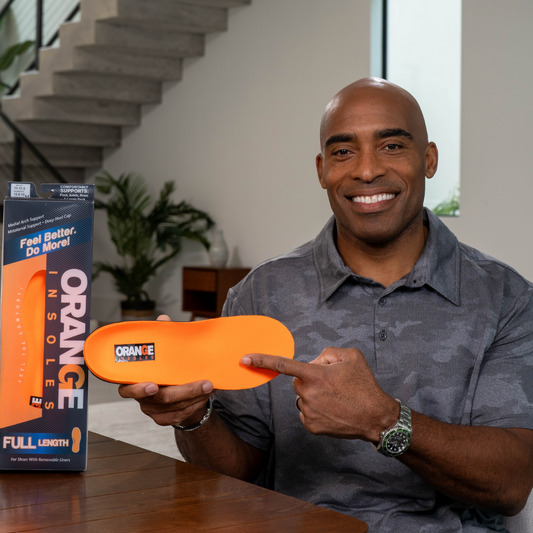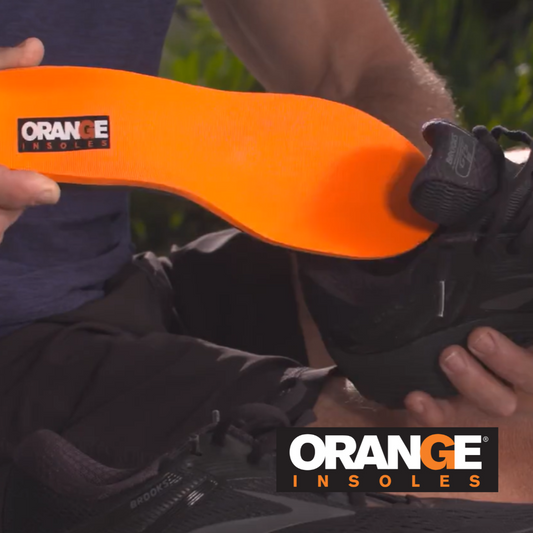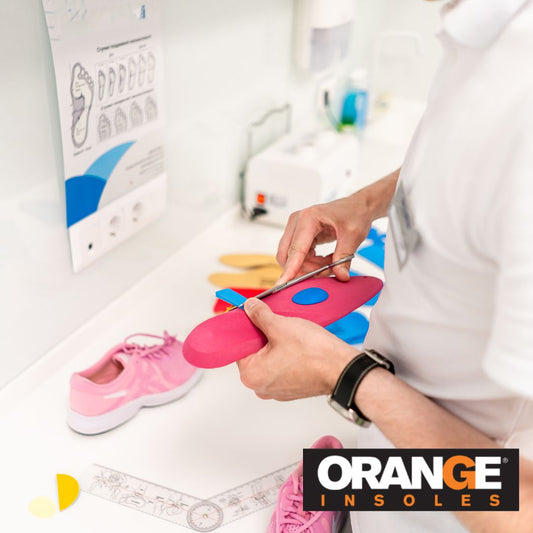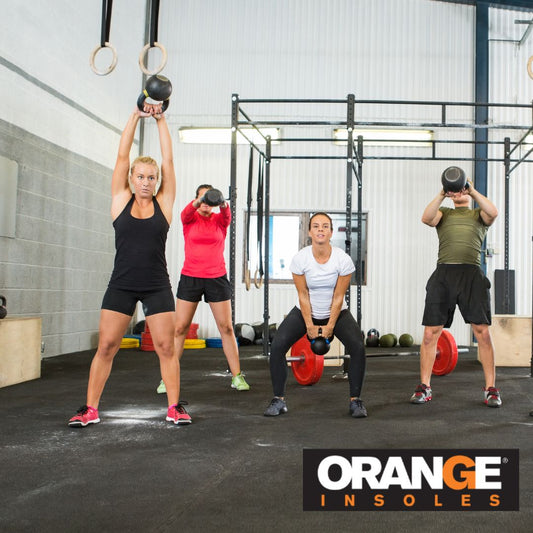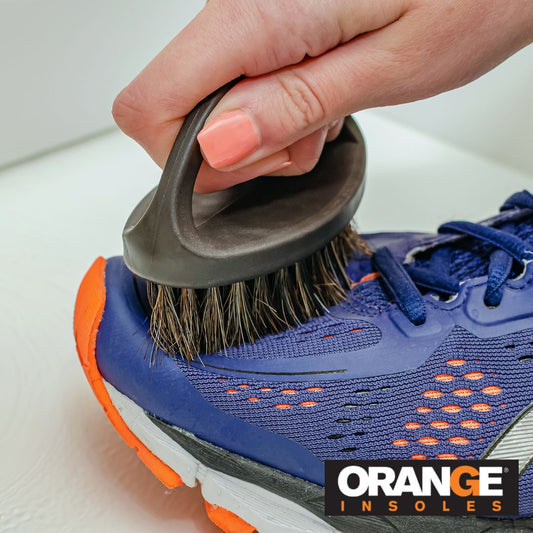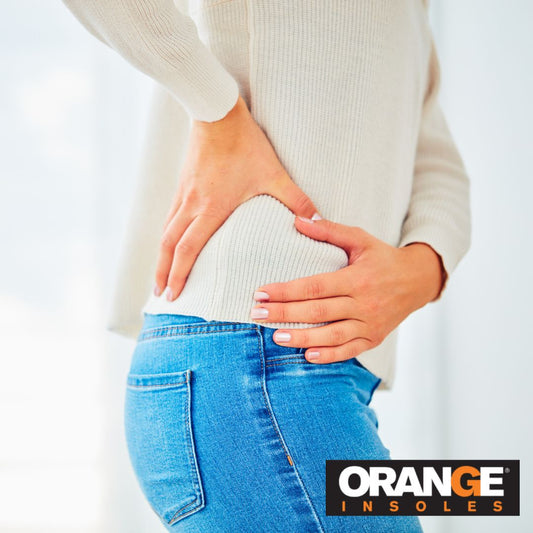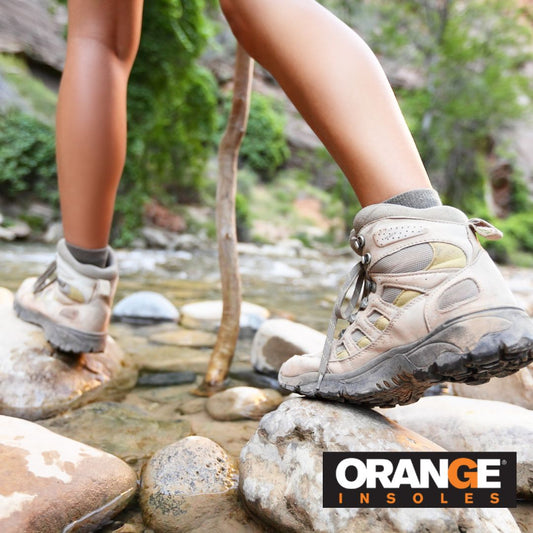We recently covered exactly what it means to have high arches and how you can find support if you have them, but what if you have the opposite problem? Many don't have over pronounced arches, in fact, many hardly have an arch at all--this is called flat feet.
Before we dig into flat feet, let's figure out if you have them. This might be an easy one to spot because to the naked eye, it might look like you don't have an arch on your foot at all. Does the entire bottom of your foot make contact with the ground when you walk? Or, take a look at the inside of your shoe, at the sock liner above the midsole. If you see definitive wear along the inside, you probably have flat feet.
What Are The Symptoms of Flat Feet
What does it feel like to have flat feet? If you have flat feet, you won't only feel it in your feet. While this is the most common place you'll experience pain, wth flat feet, that discomfort can extend into your calf and your lower legs.
You'll also experience overpronation.
Pronation itself is good. This is the movement of your foot when it rolls in, or pronates, during normal movement, like walking. Pronation provides natural shock absorption as you walk.
The problem occurs when your foot rolls in too far, creating overpronation. If you're overpronating, you're rolling your foot in too far. This can lead to a number of problems in a number of areas including your knees, hips, and lower back.
What Causes Flat Feet?
Flat feet are extremely common and can be caused by a wide variety of factors.
- Weak arches
- Foot or ankle injury
- A nervous system or muscle disease
You can develop flat feet later in life through obesity or diabetes, pregnancy, or simply from age.
Supporting Flat Feet
If you have flat feet, you'll need the right kind of support. You'll want to make sure you wear shoes with a wide base as they offer more support. With too narrow of a base, you risk your foot hanging over the edge and pulling you out of alignment. You should also look for a midsole with a high contour. A higher contoured midsole means more medial arch support.
Adding an insole like The Orange Edge that lifts under the arch can give you lift you don't already have and help align the lower extremities to distribute weight more evenly.
It's also important to make sure you are getting the right size shoe, so make sure to measure your feet!
If you have flat feet, there's an Orange Insole to fit most any shoe in your closet. Find one in your size today!


